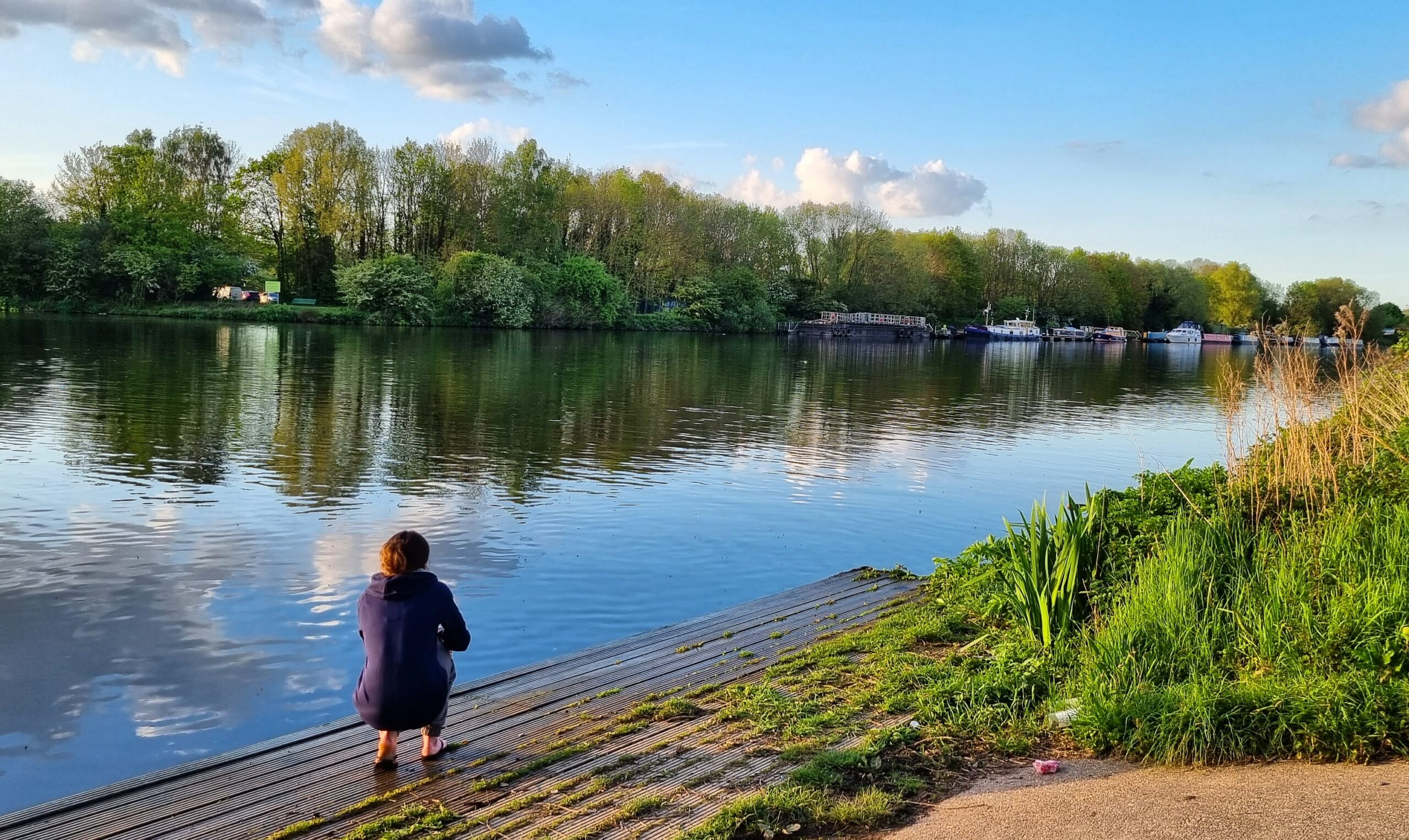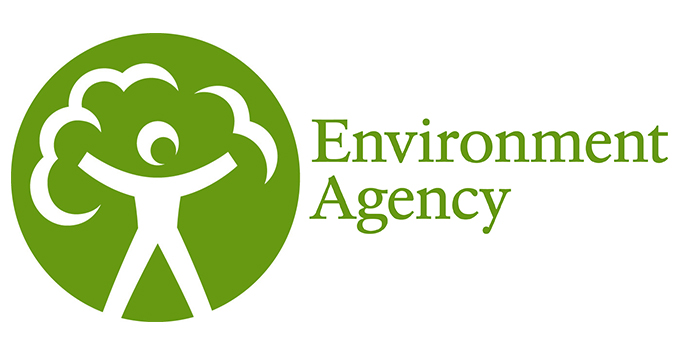Examining Microbial Contamination and Risk to Communities in Nottinghamshire’s Waterways

Did you know that the rivers we use for recreation, wildlife habitats, and even agriculture can harbour bacteria from sewage and farm animal waste? Once there, they can pose a risk to human and animal health.
But there’s more to the story: some of these bacteria can develop resistance to antibiotics, creating what we call antimicrobial resistance (AMR). This means that the bacteria survive despite exposure to antibiotics, making infections they cause much harder to treat. Contaminated waterways play an important role in the spread of these “risky” bacteria.
How Does This Happen?
Sewage and waste contamination: Rivers are contaminated with bacteria from human and animal waste entering the water.
Antibiotics in the environment: Antibiotics and other medication also find their way into waterways, often through agricultural runoff, improper disposal, or untreated sewage.
Bacterial adaptation: When bacteria in the water come into contact with antibiotics, susceptible bacteria will die while antibiotic resistant bacteria can multiply.
Spread of resistant bacteria: These resistant bacteria can move between the environment, animals, and humans. Some resistant bacteria can also share their resistance genes with other bacteria, further aplifying the problem.
Why Does This Matter?
Antimicrobial resistance is a growing public health issue. As bacteria become resistant to antibiotics, infections that were once easily treatable can become severe or even life-threatening. Rivers, being ecosystems that are essential for wildlife and human communities, are key areas to monitor and protect. By understanding the role waterways play in spreading resistant bacteria, we can take steps to safeguard our health and the environment.
Or use the QR code below:



